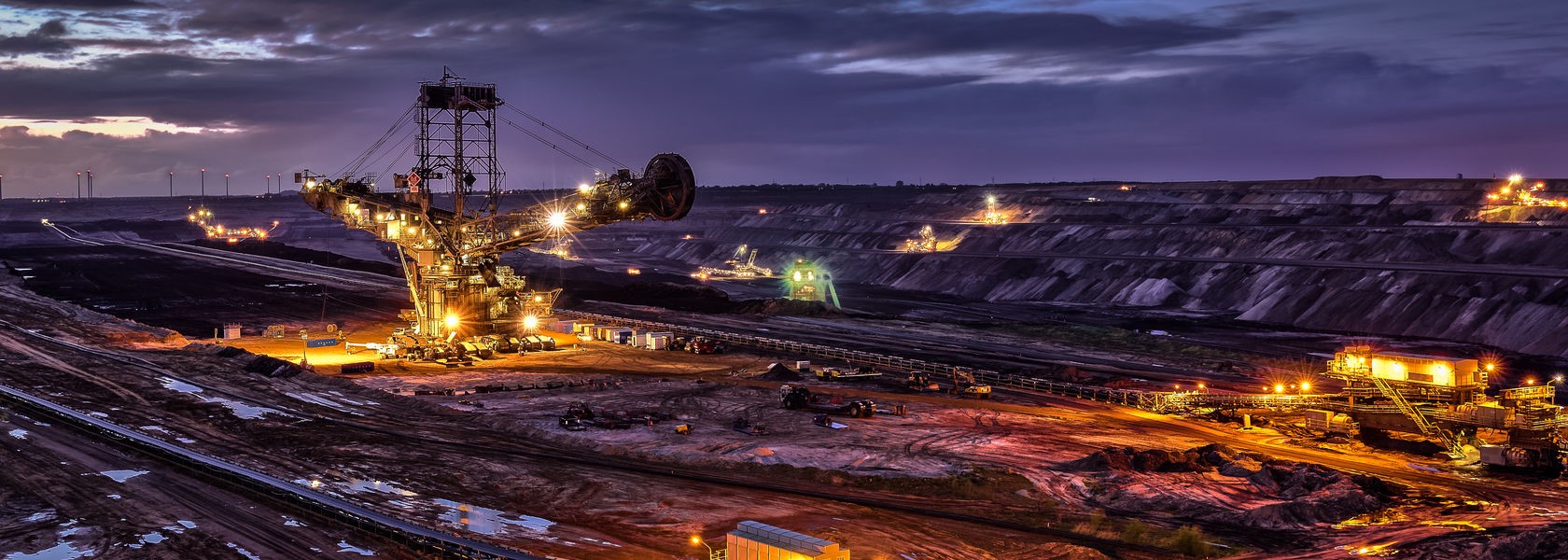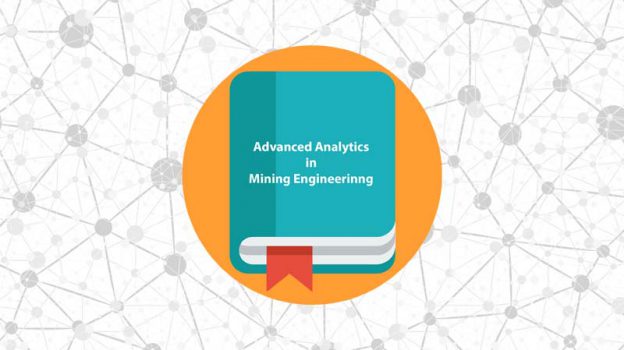
CHAPTER DESCRIPTION
Illegal mining is known as the activity of ore extraction from the subsoil which is carried out by individual or group of people and that in its operation does not own permission from the corresponding government institution; therefore, it is not correctly regulated by the norms and laws in force in each country. This activity is executed by both open pit and underground methods. It is mainly present in precious metal deposits and mineralization representing the best values in the market; gold is a highly associate material with almost half of the volume exploited by illegal practices. Control the other diagnostic characteristics around illegal mining are the evaluation of remote sensing methods such as satellite images as a source of information to know the state of the vegetation, natural resources, flow of water sources, disposition of the land, recovery of deforested areas over time, among other forms presented and associated with illicit mining practices. These satellite images capture data in different ranges of wavelength, facilitating the identification and discrimination of the coverage analyzed in the image and allowing access to information that our vision does not capture, such as infrared bands. It is important to mention the relevance of monitoring these characteristics over time since the recovery of certain environmental properties is a must in a legally guaranteed mining process. The non-reforestation of them is one of the main problems associated with work in the margin of the law, it is for this reason that the use of satellite images is also very useful when it comes to rapidly update the information by the periodicity of the shots (temporal resolution) and the periodicity of shots allows for follow-up and monitoring of dynamic processes, with this feature it is possible to carry out spatial and temporal analyzes by comparing two or more images of the same place at different dates (multi-temporal analysis). It is according to the requirement for a better method to identify and control a problem that affects the economic, social, and political environment in the work of extracting mineral resources that came to the motivation for the approach and development of an algorithm for the identification of zones associated with illegal mining practices in alluvial gold mining using Machine Learning (ML) and Remote Sensing methods. The methodology applied in this research is divided into three main parts; a collection of georeferenced data representing the location of different classes in coordinate pairs, since the code must be able to recognize areas of illegal labor embedded among those that are legal and even those areas that do not represent any vulnerability or tendency to this phenomenon, due to its lack of mineral wealth, such as fields or urban construction centers. Subsequently, implementing remote sensing techniques, satellite images are analyzed to characterize the area of interest using multispectral indices that, as previously mentioned, will determine the nature of each type of area represented by a coordinate pair of location, and who also provide the algorithm with monitoring tools. Finally, the performance evaluation of supervised classification algorithms as well as optimization in the code. All of the details of the methodology mentioned above are explained in this chapter as a practical approach to using advanced data analytics to monitor and control illegal mining.







